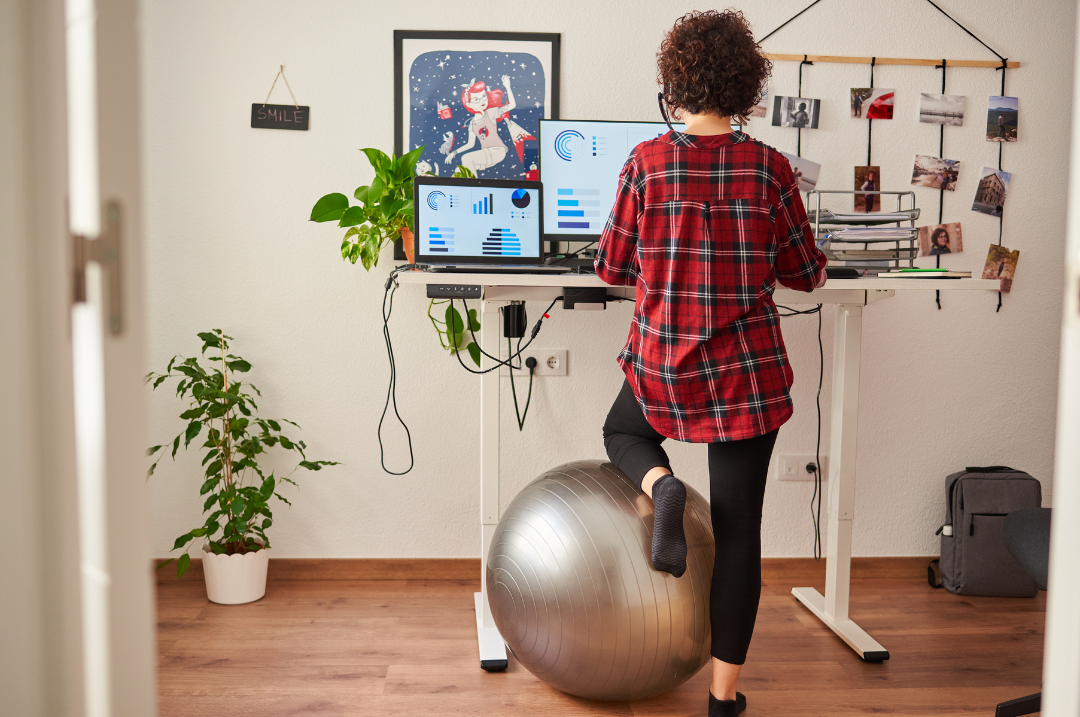What are sesamoids?
Sesamoids are bones that are only connected to the tendons or are embedded in muscle unlike most bones in the body that are connected by joints. The kneecap is the largest sesamoid in the body and there are two other much smaller sesamoids underside of the forefoot near the big toe. The sesamoids help absorb pressure under the foot when walking and standing and relieve friction in the soft tissue under the joint of the toe when the big toe moves. Like other bones, sesamoids can fracture. Additionally, the tendons surrounding the sesamoids can become irritated or inflamed. This is called sesamoiditis and is a form of tendonitis.
What are the symptoms of a sesamoid injury?
- Pain caused by sesamoiditis is localized on the ball of the foot under the big toe
- The foot pain usually begins as a mild ache and increases gradually if the aggravating activity is continued
- Pain from a fracture in the sesamoid is felt immediately with swelling and bruising only being present in some cases.
- It may be difficult and painful to straighten and bend the big toe.
- Pain is reduced with rest and increases with weight-bearing activities
Treatment options
Treatment is usually non-surgical, however, surgery to remove the sesamoid bone may be recommended if the conditions do not improve with non-operative treatment.
- Reduce physical activity, rest your foot and use an ice pack on the affected area but do not apply ice directly to the skin.
- You will need to wear a stiff-soled shoe or a Moon Boot in serious cases
- Your podiatrist may tape the joint to limit movement of the big toe.
- J-shaped pad around the area of the sesamoid can relieve pressure as the area heels
- Pain relievers such as aspirin or ibuprofen may be recommended.
- It may take several weeks for the discomfort to subside if sesamoids are fractured
- Cushioning pads or other orthotic devices are prescribed by your podiatrist and are often helpful if the cause is foot abnormalities
- Occasionally, surgical fixation of a fractured sesamoid is needed.
Long term care
- Wear cushioning pads in your shoes to relieve stress and use soft-soled, low-heeled shoes.
- Resume physical activity gradually and continue wearing cushioning pads to support the sesamoids.
- Avoid activities that are high impact on the balls of the foot or involve hyperextension of the big toe








